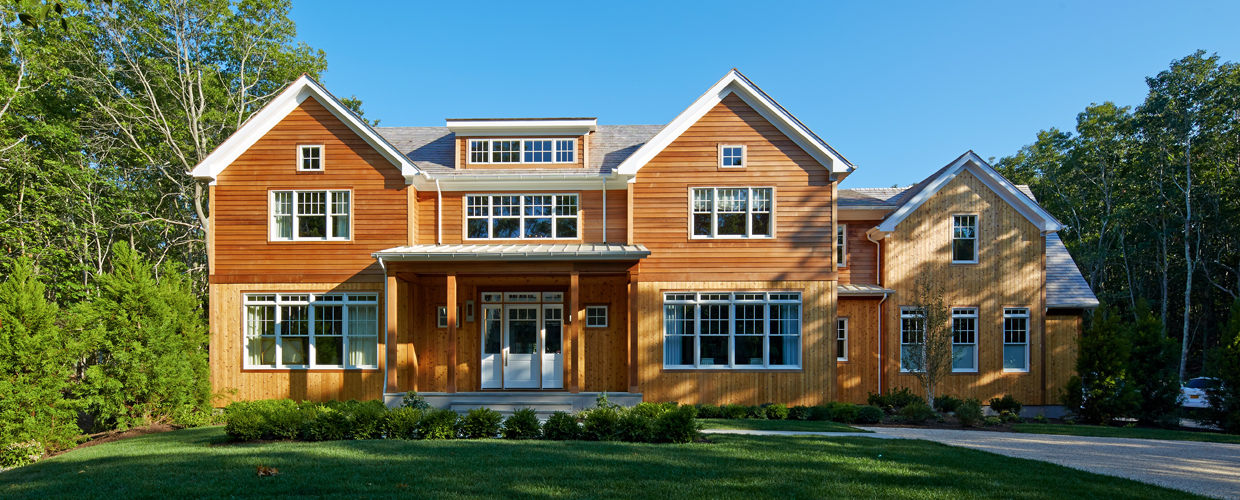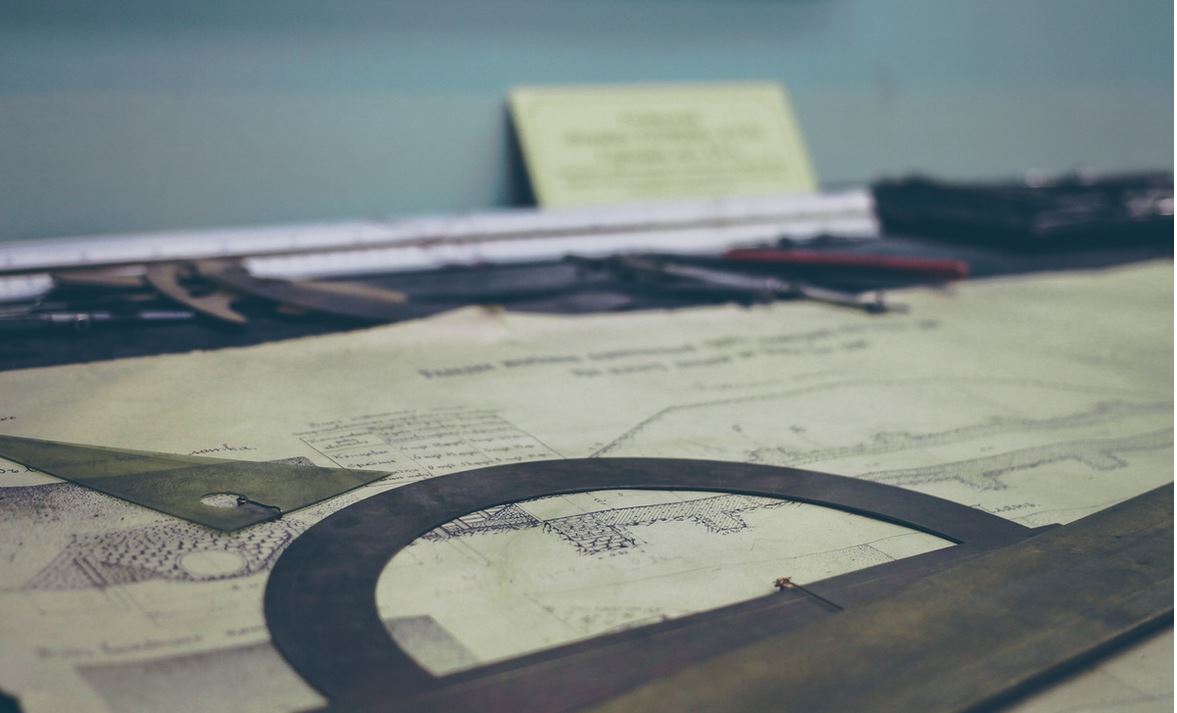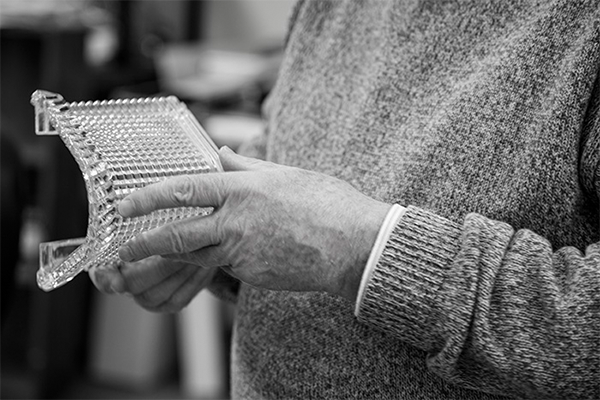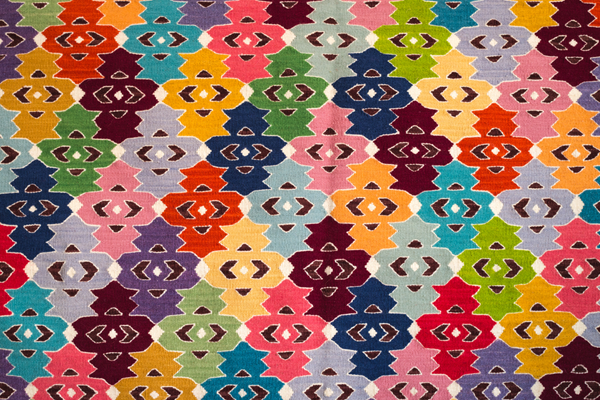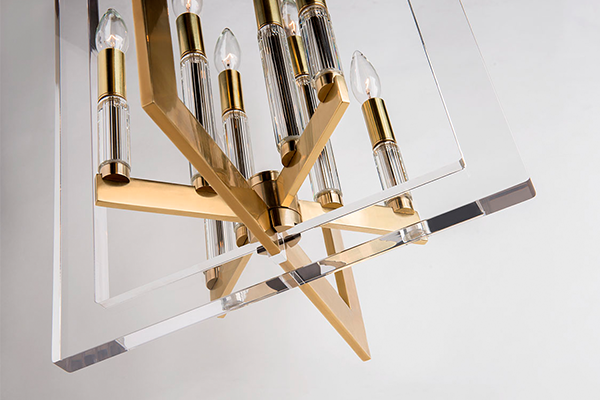Wars & Pieces
Since The Machine Age took place during the first half of the twentieth century, it is impossible to speak of it without speaking also of the two world wars which defined so much of that time.
Wars always generate myriad innovations. New technical developments experimented with for wartime purposes find novel applications much needed in the peacetime sphere. Flush with financial backing, driven by the urgency, purpose, and competition of the wartime context, inventors and engineers fashion new materials and technologies. As there were two world wars within the Machine Age, it was a fertile period of development.
An example.
Airplanes made for the first world war used a new form of metal: tubular steel. This steel was pliable, durable, and light. When the war ended, Mart Stam used it to make his idea for a cantilever chair a reality.
Inspired by the form and function mandate of the Bauhaus School, Stam built his first model of the beloved chair with plumbing pipes. The springy final version's buoyancy owed to its inspired use of tubular steel. Designed in 1926, a banner year for industrial chairs, it went into production in 1930. Like their model No. 14 from the nineteenth century, it became a classic, and they haven't stopped making them.
Here's a page from Thonet's catalog that year, showing these new designs.
A vintage 1930s Thonet B 263 available at 1st Dibs, using chrome-plated tubular steel.
Our Dundee evinces a similar aesthetic to Stams's chair, emphasizing industrial tubular metal in a pipe-like fashion.
Ergonomics
Stam's chair wasn't just a matter of wartime innovation, though. The first hundred years of the Industrial Era had been nightmarish at times. Twelve-to-fourteen-hour days for young women and children in unsafe working conditions with disastrous effects on human health became a common enough issue, a social movement was born to ensure safety along with progress.
With the social movement came a new science: ergonomics. Its name was a neologism made from two Greek words: "ergon," meaning work, and "nomoi," meaning what is known. Its aim was to observe the worker in her work environment and note the effects of both that environment and the work itself on her.

From here, engineer-artists could apply the findings toward more sensitive and intelligent design. The result? Chairs, desks, lighting fixtures, cabinets, and other essential elements, pleasing in construction and appearance, that minimized strain on the body and maximized productivity.
Detroit's Ironrite Ironer Company made industrial ironing machines, then used ergonomic principles to make a chair that would ease the strain and facilitate the movements inherent in using these machines for long hours. The result was such a success, people use them in their homes to this day. As Misha de Potestad puts it in her book, Vintage Industrial: Living with Machine Age Design,
The metal strips holding the lacquered plywood components allowed the chair to flex and spring, assisting the worker's every movement and reducing the physical exertion required to complete each task. This ergonomic chair was soon adopted for home use. It is now included in the Museum of Modern Art's permanent collection.

The Ironrite Ironer Health Chair
Adaptations
Throughout The Machine Age, designers adapted furniture to the needs of the worker and fixtures to the dictates of the space. Jieldé made it possible to reposition the lightsource to where you needed it without hurting your hands on a hot lampshade. Bernard Albin-Gras's line of lamps were made to suit many locations. By putting a vise-like clamp at the base of the lamp's stem, draughtsmen could attach the light to their drawing boards, often positioned at 45-degree angle.
Industrial lighting adapted to the environments in which it was needed.
"In biology, an adaptation, also called an adaptive trait, is a trait with a current functional role in the life of an organism that is maintained and evolved by means of natural selection." Understood in this sense, the word "adaptation" becomes useful when considering the role of Machine Age lighting and furniture in 21st-century home decor.
In our chic vintage & industrial pieces, we often like to keep a certain trait that "works" in something from the period. Since our fixtures will be used in mostly domestic or hospitality settings, the functional aspect of these traits may be irrelevant, while the aesthetic allure remains strong. A light like our Vestal takes something that feels industrial—perforated metal tubes, in this instance—and recasts it in a contemporary, purely visual setting.
In Part I of this post, we discussed the many varieties of articulated lamps that were invented in The Machine Age. The idea of articulated lamps was a wonderful one, by no means relegated to the times. Why shouldn't light fixtures better take into account the needs, the tasks, of those they served? We produce pieces that embody the verve of vintage industrial lamping while putting into practice the utilitarian concepts that inspired their creation. Our Exeter wall sconce is a brilliant example.
It can be mounted near a bed or favored lounge chair for an ideal reading light, or put above a desk or table to illuminate everyday tasks. It can also be used to cast light mounted atop built-in shelving. Here it at once casts its light down on prized possessions and adds a delicious touch of accent light, elemental to ambiance when entering the room.
But this "adaptation" doesn't apply just to fixtures themselves. It also applies to the use of vintage industrial pieces or Machine Age-inspired elements in a heterogeneous setting.
While purists may love to use only “authentic” vintage fixtures and furniture in a former factory space, many people have discovered how rewarding it is to weave industrial pieces in with other styles. This picture, of our forthcoming Herkimer fixtures, is a great example. The rustic table is a slab of farmhouse luxury, maybe reclaimed wood. Surrounding the table are iconic Nicolle chairs, which were invented during The Machine Age. And above it all hang two of our Herkimer pendants, which suggest an industrial touch with the layer of perforated metal rim-round the orb of the diffuser, but which are more rooted in Danish mid-century lighting ideas.

All of which says something about this kind of lighting and furniture.
Pieces from this period still do what they were made to do, and they do it well. The aesthetic principles that guided their successful marriage of form and function have not aged. Ergonomic considerations make seating comfortable, though austere. While they may hearken to a certain time period, they still possess an unassailable beauty.
Adding an industrial piece to a space adds another dimension. It brings in human history and reminds us how comfortable we've become with machines.










